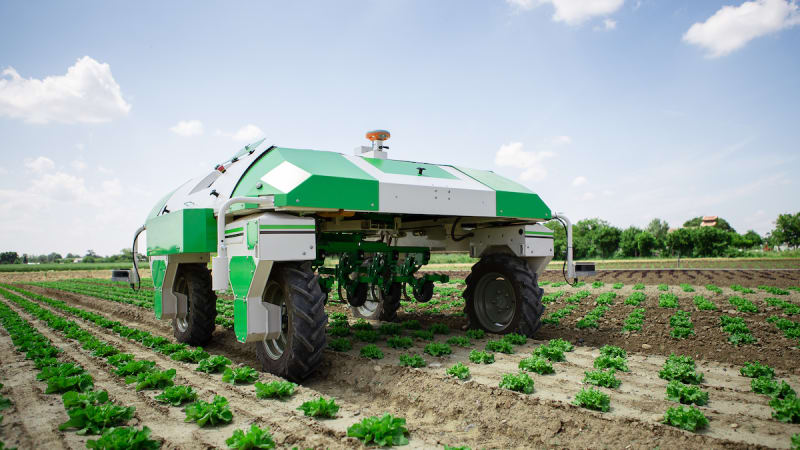https://gizmodo.com/malware-threats-on-macs-outpace-windows-for-first-time-1841610874

It’s generally accepted that Macs are safer and less malware-prone than Windows PCs. Well, not anymore. A new report says that for the first time ever, Mac-specific threats outpaced PCs by a rate of 2:1 in 2019.
The report comes from Malwarebytes, an antivirus software maker. In its 2020 State of Malware Report, the firm says it found the volume of Mac threats increased year-over-year by more than 400 percent. While it attributes some of that number to a larger Mac userbase, the company calculated the number of threats per endpoint on both Mac OS and Windows. The results? In 2019, the company detected an average of 11 threats per Mac endpoint compared to 5.8 threats per Windows PC endpoint. Compared to 2018, Mac endpoint threats rose from 4.8 to 11.
As for the reason behind the drastic increase, Malwarebytes says it’s likely due to increased market share. As more people use Apple computers, they become more attractive to bad actors. The report also notes that macOS’s built-in security has yet to sufficiently tackle adware and potentially unwanted programs (PUPs) compared to malware.
According to the report, Mac threats also differ significantly from those faced by PCs. While Windows machines are more likely to face traditional types of malware, the most prevalent Mac threats are adware and PUPs. The latter mostly consists of “cleaning” apps like MacKeeper and MacBooster. On the adware side, NewTab topped the list. NewTab is an adware family that redirects browser searches to earn “illicit affiliate revenue” and is often spread via fake flight or package tracking pages, fake maps, and face directions. Overall, adware and PUPs are considered less dangerous than traditional malware. That said, the increased number indicates these types of threats are becoming more aggressive.
Adware is also a problem for Windows too, with roughly 24 million detections on PCs. That’s an increase of roughly 13 percent for consumers and 463 percent for businesses. Also, seven out of the top ten consumer threats were some sort of adware variant. Windows PCs were also targeted by Emotet and Trickbot, two types of Trojan botnets, as well as new ransomware including Ryuk, Sodinokibi, and Phobos.
The main takeaway is that no, your Apple computer isn’t more immune to malware and maybe you should take security more seriously. Adware freaking sucks.
via Gizmodo https://gizmodo.com
February 11, 2020 at 04:26PM


